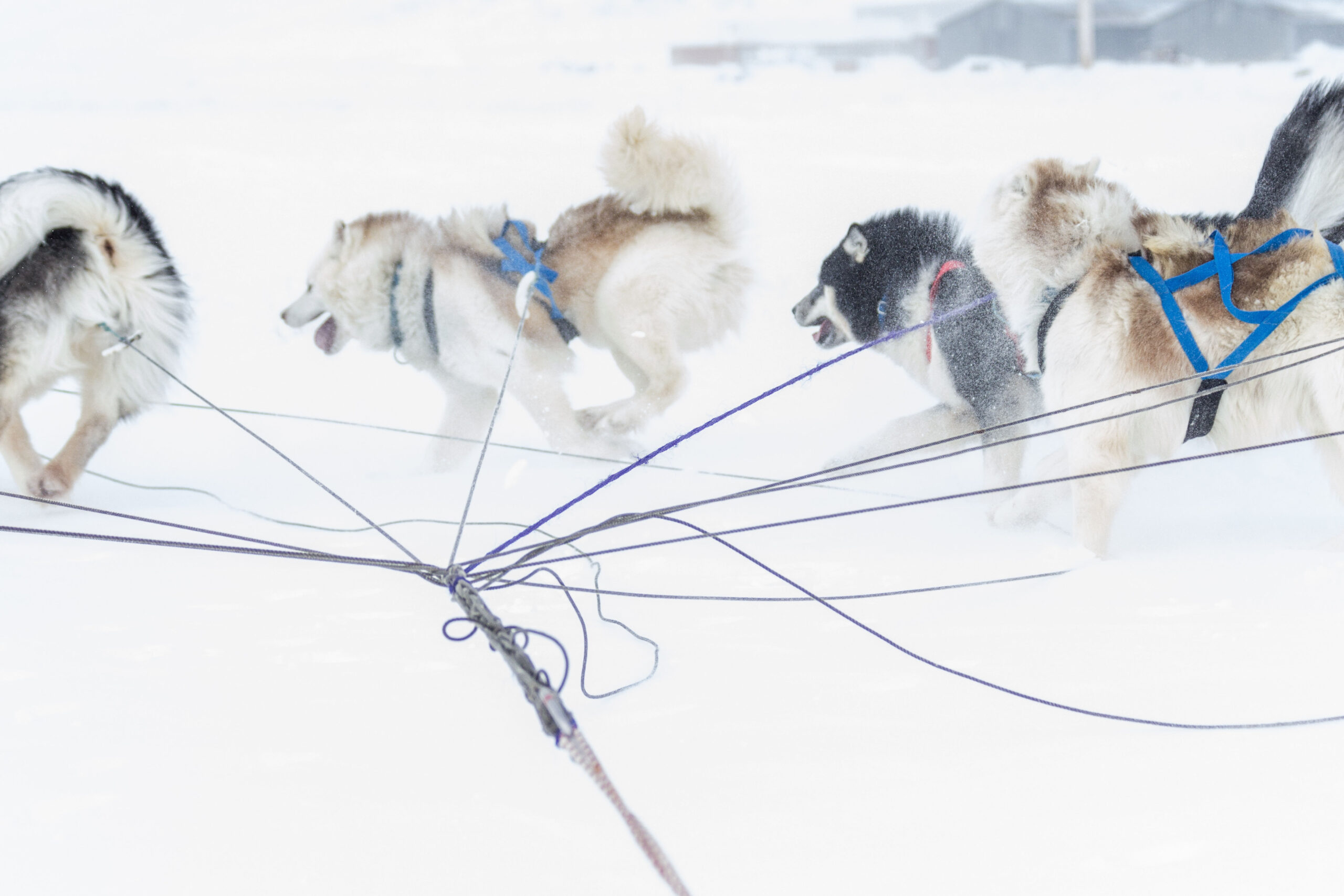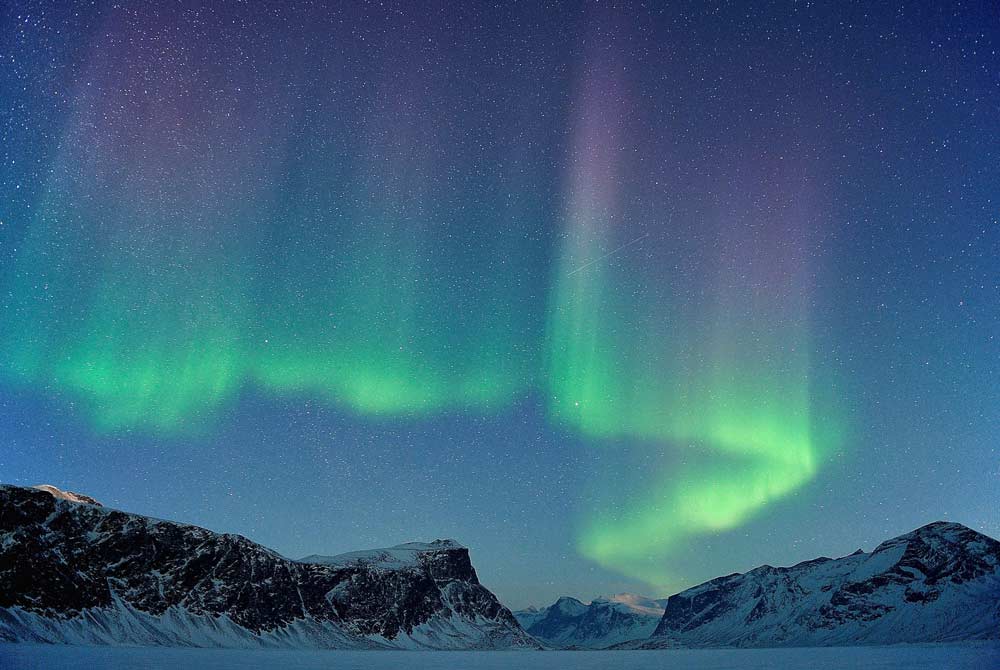Known as ‘Aujuittuq’ in Inuktitut, this warmly hospitable little hamlet is the northernmost community in Nunavut and Canada.
Due to its remote and isolated location near the top of the world, it is a tightly knit community. The airstrip is short, so only medium sized aircrafts can land here, but when visitors arrive they are always welcomed with big smiles.
The word ‘Grise’ is Norwegian for ‘pig.’ There are no swine here, never were, but the Norwegian explorer Otto Sverdrup named this place ‘pig fiord’ in 1899 because the loud sounds of walrus herds gathered here reminded him of grunting pigs. The Inuktitut name is more appropriate. It never completely thaws out, even when the sun shines constantly 24 hours a day from April through August.
141
95% Inuit
Inuktitut, English
Longitude 82° 53’ W
Latitude 76° 25’ N
Elevation 45m
The hamlet is shielded from harsh winds, protected by mountains of the Arctic Cordillera range.
Weather & Climate
HISTORY
Ancestors of the Inuit, including Paleo-Eskimo, Pre-Dorset, Dorset and Thule peoples all lived in southern Ellesmere Island.
- Paleo-Eskimo Culture: 2500 BC to 1500 BC
- Pre-Dorset Culture (‘Saqqaq’): 2500 BC to 500 BC
- Dorset Culture (‘Tuniit’ or ‘Sivullirmiut’): 500 BC to 1500 AD
- Thule Culture (Proto-Inuit): 1000 AD to 1600 AD
- Inuit Culture (Eskimo): 1600 AD to present-day
The area of Craig Harbour and Lindstrom Peninsula, just west of Grise Fiord, is dotted with archaeological sites, the remains of houses, tent rings, fox traps and graves, some of which date back over 4,000 years. The local Inuit abandoned this region sometime before 1700 AD. A small migrating group of Greenlandic Inuit people briefly visited southern Ellesmere Island in the mid-1800s.
The modern Inuit community of Grise Fiord did not exist until 1953 when the Government of Canada forcibly relocated Inuit families here from their Nunavik home of Inukjuak in northern Québec.
The High Arctic Relocation Program also happened to the Inuit people of present-day Resolute. The federal government formally apologized to the Inuit people for this harsh treatment in 2008. The transition was arduous because the climate is far more severe than northern Québec and the game animals are different. Fortunately, the Inuit people of Grise Fiord are excellent hunters, gifted seamstresses and resourceful, good-natured providers for their families.
ACTIVITIES AND WILDLIFE
Grise Fiord is growing in popularity with many new visitors coming to explore the spectacular fiords and mountain landscapes while enjoying the abundance of unique wildlife species to be found here.
The ringed seal is the favourite local source of food here, but there are also bearded seals and harp seals to watch. Other marine mammals to be seen include large pods of narwhal, beluga whales and huge herds of sunbathing walruses grunting like pigs! There are many playful ravens, ivory gulls, jaegers, geese, gyrfalcons, kittiwakes and northern fulmars nesting in this area, plus there are polar bears!
The hamlet of Grise Fiord is a pleasant stopover for people headed further north to visit Quttinirpaaq National Park or the ‘Frozen Forest’ on Axel Heiberg Island.
ARTS AND CULTURE
The culture of Grise Fiord is unique due to its remote location and special living conditions. It is deeply traditional and very welcoming. The Co-op features local artworks, jewellery, carvings and prints.
Parks
Nirjutiqavvik National Wildlife Area
Located 100 kilometres (62 miles) east of Grise Fiord on Coburg Island is Nirjutiqavvik National Wildlife Area. This island and the surrounding marine area is a vitally important nesting habitat for thick-billed murres, blacklegged kittiwakes, northern fulmars and black guillemots. Its marine area has many ringed seals, bearded seals, polar bears, walruses, narwhals and beluga whales.
Quttinirpaaq National Park
Quttinirpaaq is Canada’s second largest park, located on northern Ellesmere Island. The sun never sets during the summertime here at the top of the world, with its endless vistas of mountains, fiords and glaciers. Home to muskoxen, caribou, polar bears and walrus, for maximum safety it is recommended that visitors to the park arrive via cruise ship or chartered aircraft.



